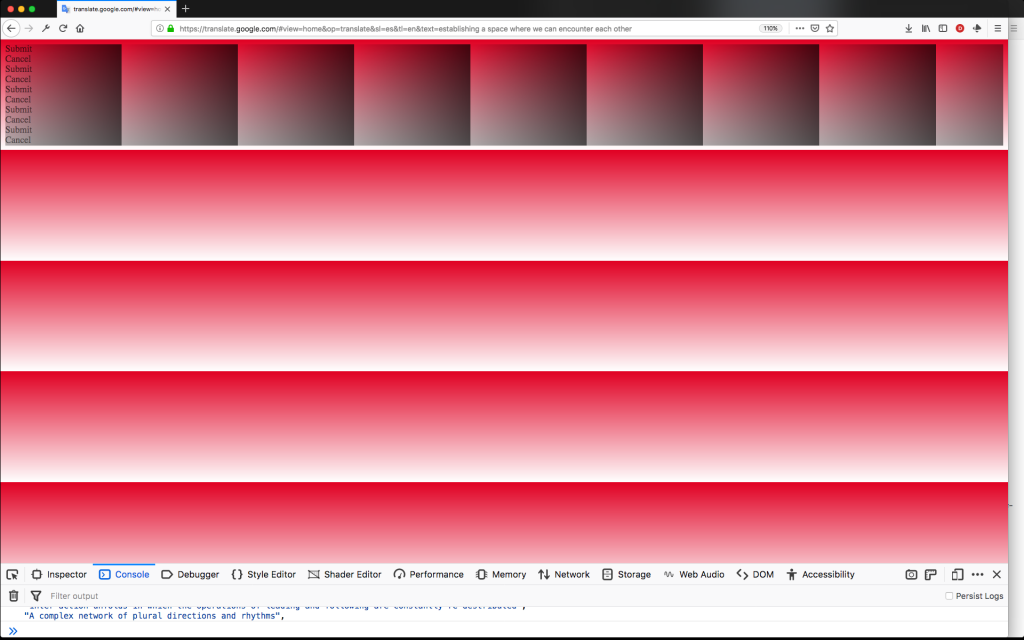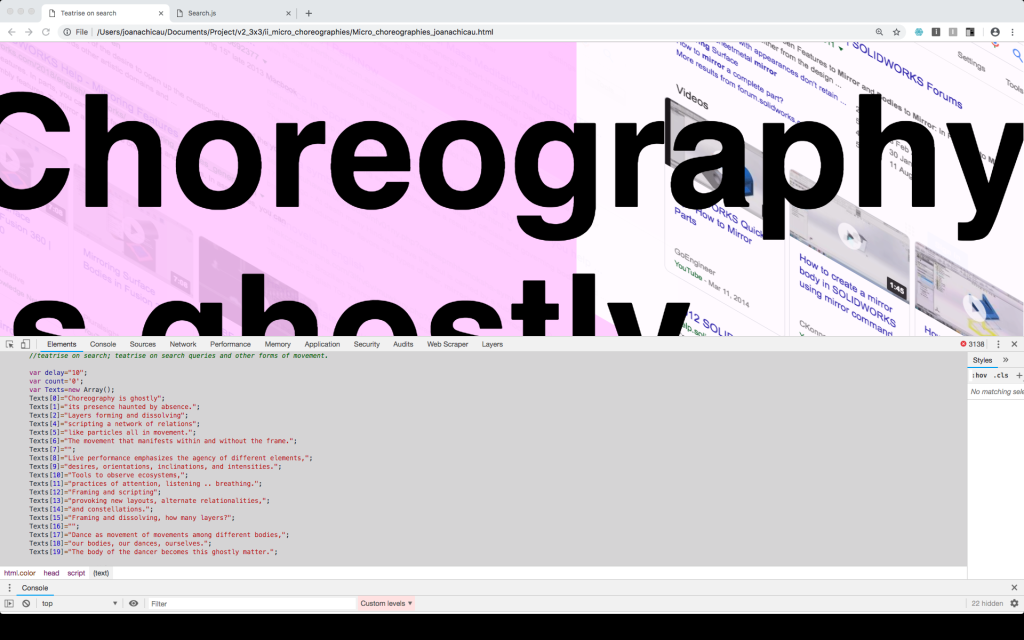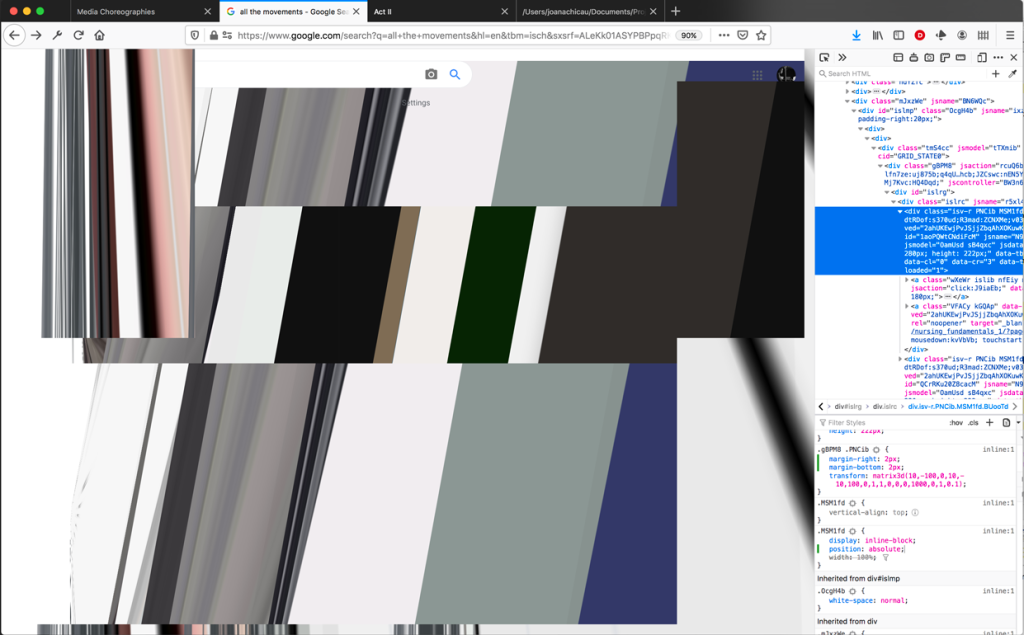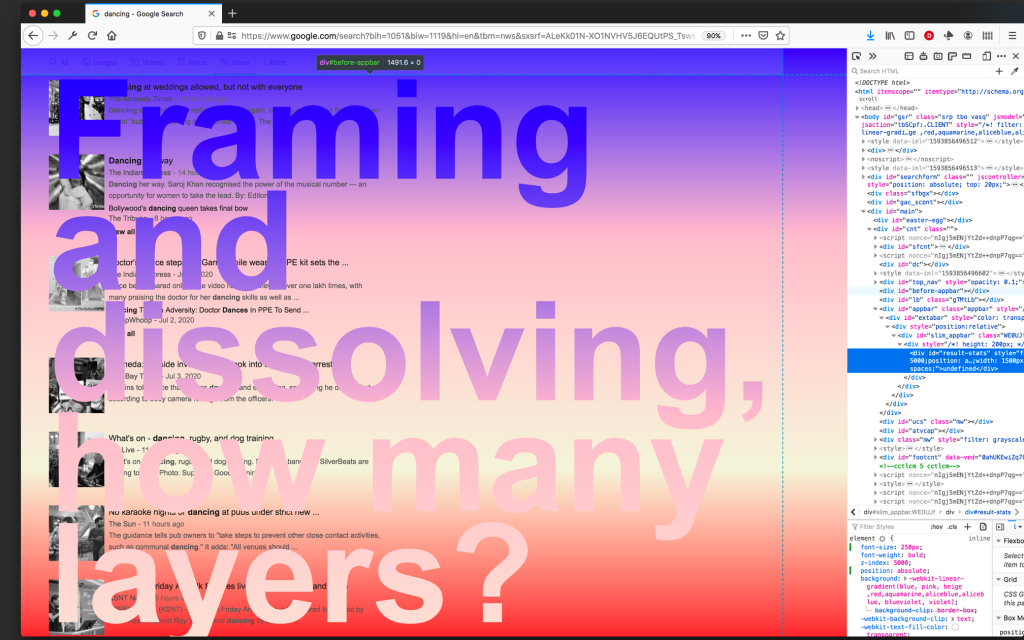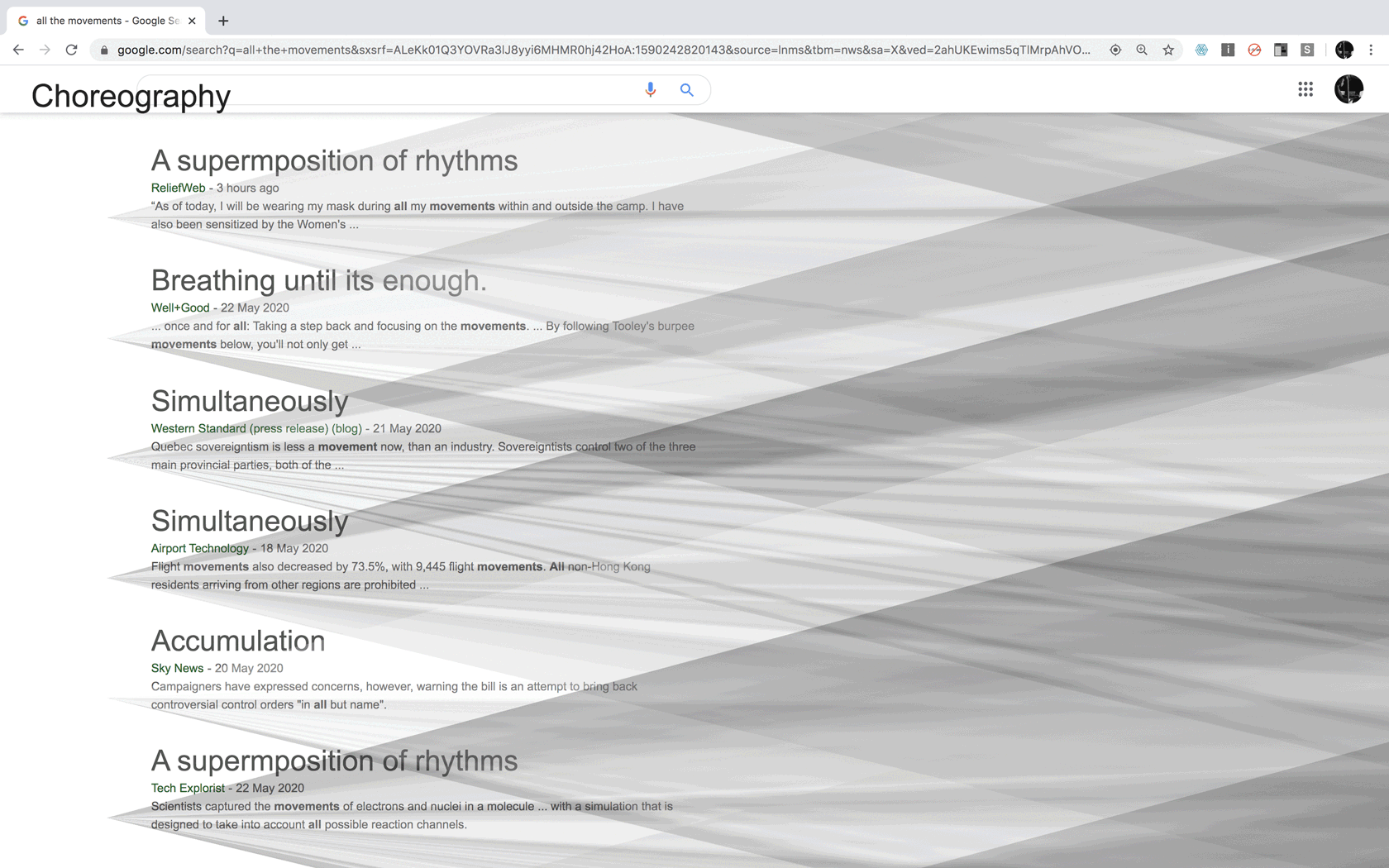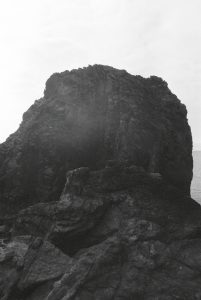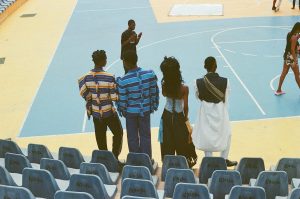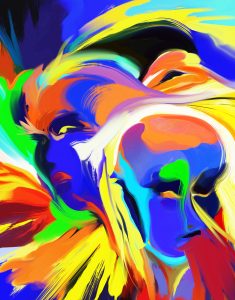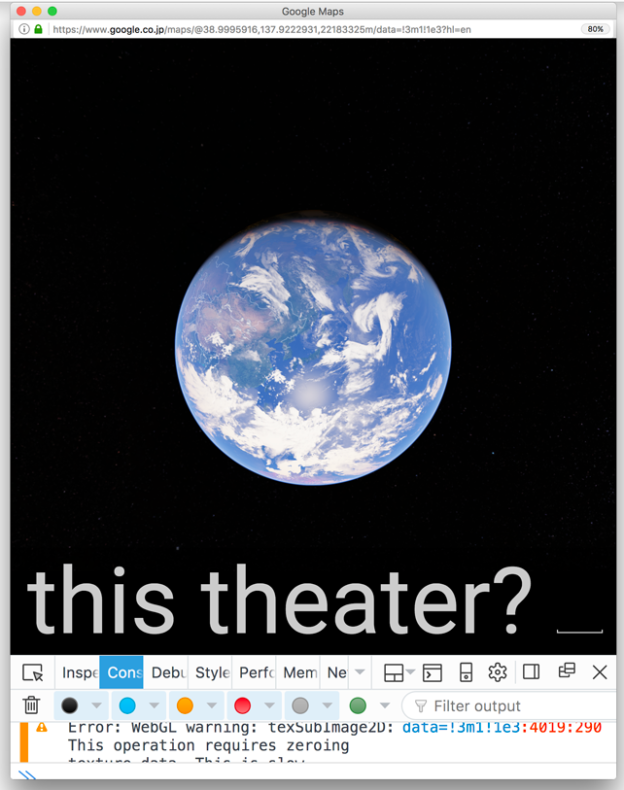
with WEB CHOREOGRAPHIES
artworks by JOANA CHICAU
Philosophers wouldn’t call me a philosopher, but Wittgenstein surely was one. This quote of his is a glimpse of the desiccating limits of language: “What can be said at all, can be said clearly; and whereof one cannot speak, thereof one must be silent.”
Even more so, mathematicians would never call me a mathematician, but Gödel surely was, and his incompleteness theorem is a glimpse of reason’s ultimate groundlessness: “Any useful [non-tautological] logical system is either incomplete or inconsistent.”
Perhaps a poet would allow me to claim to be a poet, while wondering why I’m not offering a poem. But insofar as I harvest bits of reality in an attempt to weave an image of reality, I might find a home in that category. It is like this with my thoughts around silence: words circling around an ineffable object.
We use our sense modalities, literally, to hear, see, smell, taste, and touch—tonality, volume, brightness, color, shape, motion, distance, sweetness, saltiness, pungency, pain, pressure, temperature, etc. From such as these we construct a perceived world. We use them also as metaphors for perception generally, perception of that beyond sense data or linguistic formulation.
“Stillpoint” is itself an idea—borrowed from T.S. Elliot—about a space defined only by openness to what cannot be contained by the usual modes of human perception. This magazine, Stillpoint Mag, is purposely structured to juxtapose the visual with the textual, not in a limiting 1:1 relation, but instead in a complementarity that leaves room for evoking that which cannot be circumscribed.
We live in a largely cynical and nihilistic time. We have become deaf and blind to our embeddedness in something infinite. It’s not that we cannot sense it, but that we are socialized and distracted away from its disorienting unboundedness. There’s a lot of enlightening talk about re-enchanting the world, reconnecting with nature, Gaia, becoming fully embodied in the world, ecopsychology. Of course the world never stopped being enchanted, it is only we who may have stopped listening or seeing.
It’s too easy to blame science and rationalism for this disenchantment; recall Albert Einstein’s reply to a young girl who wrote him asking, “Do scientists pray, and what do they pray for?” His reply:
Everyone who is seriously involved in the pursuit of science becomes convinced that some spirit is manifest in the laws of the universe, one that is vastly superior to that of man. In this way the pursuit of science leads to a religious feeling of a special sort, which is surely quite different from the religiosity of someone more naive.
Naïve scientism can kill the sense of wonder, about which Einstein also said: “Whoever is devoid of the capacity to wonder, whoever remains unmoved, whoever cannot contemplate or know the deep shudder of the soul in enchantment, might just as well be dead for he has already closed his eyes upon life.” He could just as well have said “closed his ears.” Silence.
Freud, in his desire for his theoretical achievements to attain Scientific status and credibility within a rationalistic but anti-Semitic culture, wanted to disavow the sort of wonder to which Einstein later referred. In his Future of an Illusion, Freud reduces all such feeling to “wish fulfillment,” mainly of the Oedipal wish for a protecting father. Yet visiting his office at the Freud Museum in London one is struck, as much as anything, by how he surrounded himself with evocative statues and images of ancient gods. And in his writings, over and over, the unconscious is presented as a realm shrouded in mystery. Here we see a return of the repressed in full blossom, although this time not of a sexual urge, but of the capacity for wonder and awe.
Later theorists, less constrained than Freud, leave room for the wondrous and the mysterious. Jung, for example, places an encounter with the numinous at the center of healing and individuation. Lacan shrouds his “Real” in mystery. The Intersubjectivists appeal to processes that transcend individuality to understand therapeutic encounters in a way that resonates with Martin Buber’s “I-Thou” relationship.
Despite all such attempts to grasp the ineffable, we remain left, finally, seeing “through a glass darkly,” in silence, with glimpses of wonder and awe.
Pari Center. Re-enchanting the World issue of Pari Perspectives. Edited by Kristina Aleksandra, et al., vol. 1, no. 1, 2019, https://paricenter.com/wp-content/uploads/2019/08/pariperspectives_01.pdf.
Wittgenstein, Ludwig. Tractatus Logico-Philosophicus. Translated by D. F. Pears and B. F. McGuinness, Humanities Press, 1961.
WEB CHOREOGRAPHIES
By interweaving web programming languages and environments with choreography, Joana Chicau presents a series of visual artworks using various ubiquitous online platforms as a “stage” to her algorithmic compositions.
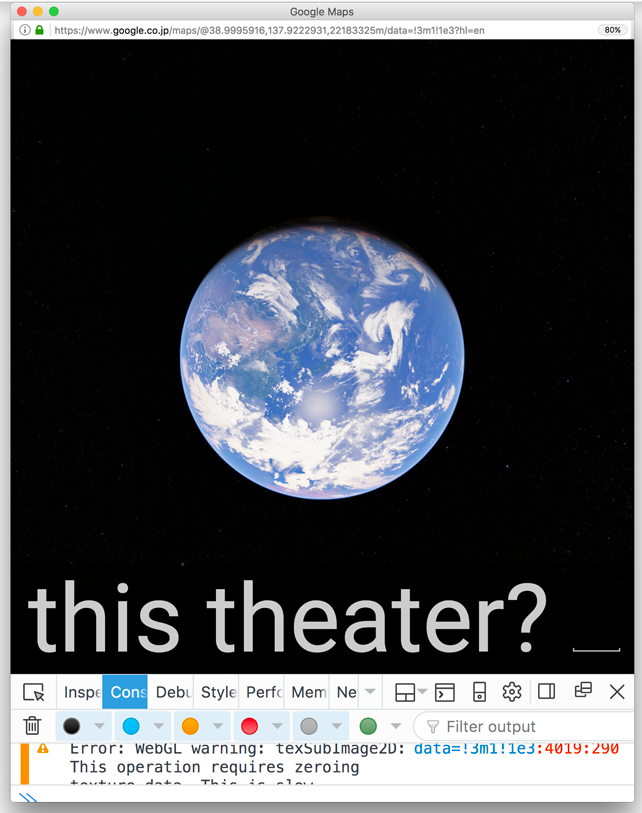
DR STEPHEN SETTERBERG publisher
Dr. Stephen Setterberg is Publisher of Stillpoint Magazine. He is a psychiatrist and psychoanalytic psychotherapist who founded and developed the PrairieCare system of clinics and hospitals for children and adolescents in Minneapolis, Minnesota, USA. While later training in Zurich to become a Jungian analyst, Stephen co-founded Stillpoint Spaces, a forum for psychologically-minded individuals of diverse cultural and educational backgrounds to utilize insights from psychoanalysis, psychotherapy, and related fields, with centers in Berlin, London, Paris, and Zurich. He also co-directs Confer, a UK organization first established by psychotherapists in 1998 to provide interdisciplinary continuing education for psychotherapists, psychologists, and other mental health workers.
JOANA CHICAU artist
Joana Chicau is a graphic designer, coder, and researcher—with a background in dance. She researches the intersection of the body with the constructed, designed, programmed environment, aiming at widening the ways in which digital science is presented and made accessible to the public. Chicau has been actively participating in and organizing events with performances involving multi-location collaborative coding, algorithmic improvisation, and open discussions on gender equality and activism.
© Copyright for all texts published in Stillpoint Magazine are held by the authors thereof, and for all visual artworks by the visual artists thereof, effective from the year of publication. Stillpoint Magazine holds copyright to all additional images, branding, design and supplementary texts across stillpointmag.org as well as in additional social media profiles, digital platforms and print materials. All rights reserved.

